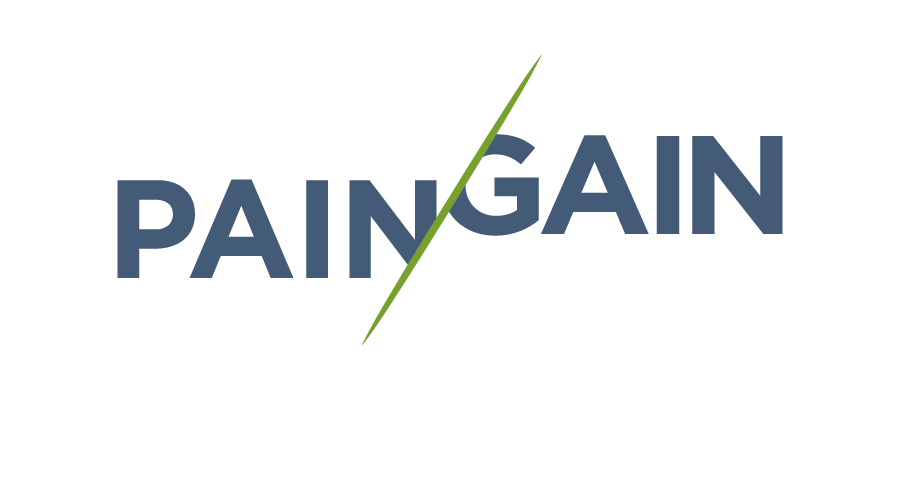With an increased focus on ‘green loans’ and ‘sustainability-linked loans’, the two terms are sometimes conflated. Iain Rodley of Addleshaw Goddard explores the distinctions between the two financial products
Responding to sustainability and climate change-related risk and opportunity is already high on the agenda for many social housing organisations and funders.
We are seeing an increased focus on green loans and sustainability-linked loans – but the term ‘green loan’ is often being used to cover both financial products.
What is a green loan?
A green loan is defined by the Loan Market Association’s (LMA) ‘Green and Sustainable Lending Glossary of Terms’ as any type of loan instrument made available exclusively to finance or refinance, in whole or in part, new and/or existing eligible ‘green projects’.
While the definitions of ‘green’ and ‘green projects’ may vary depending on sector and geography, example indicative categories of eligibility contained in the LMA’s Green Loan Principles (GLP) include renewable energy, energy efficiency, climate change adaptation and green buildings that meet regional, national or internationally recognised standards or certifications.
The GLP provides a framework for green loans based on the following four core components:
- Use of proceeds: The loan proceeds of a green loan must be applied for green projects. All designated green projects should provide clear environmental benefits which will be assessed, and where feasible, quantified, measured and reported.
- Process for project evaluation and selection: Borrowers should clearly communicate to lenders their environmental sustainability objectives, their process for determining the eligibility of the GLP categories and for managing environmental risks associated with any proposed project.
- Management of proceeds: The proceeds of a green loan should be tracked in such a manner to maintain transparency and allocation of funds towards green projects.
- Reporting: Borrowers should make and keep readily available up-to-date information on the use of proceeds, including a list of the green projects to which the green loan proceeds have been allocated.
An example of a green loan might include a registered provider funding renewable energy projects relating to its housing stock or leasing.
What is a sustainability-linked loan?
A sustainability-linked loan (SLL) is defined by the LMA’s glossary as any type of loan instrument and/or contingent facility (eg bonding line, guarantee line, letter of credit) that incentivises the borrower’s achievement of ambitious, predetermined sustainability performance objectives.
A borrower’s sustainability performance is measured using sustainability performance targets (SPTs), which include key performance indicators, external ratings and/or equivalent metrics that measure improvements in the borrower’s sustainability profile.
Again, while the definitions of ‘sustainable’ and ‘sustainability’ may vary depending on sector and geography, examples of common improvements that an SPT in a particular category might seek to measure are contained in the LMA Sustainability Linked Loan Principles. They include renewable energy, affordable housing, sustainable sourcing and energy efficiency.
Addleshaw Goddard recently advised NatWest on its first SLL, which was with Bromford Housing Group.
The SPT in this case was energy efficiency and an ambitious target was agreed relating to an upgrade of existing housing stock with an energy efficiency rating of C or below, exceeding the minimum energy efficiency standard required for rented residential property (currently E). Bromford will achieve a margin reduction if it meets the SPT.
Addleshaw Goddard has advised funders including BNP Paribas and Sumitomo Mitsui Banking Corporation on a number of other SLLs, including deals with L&Q, Peabody Trust, Clarion, Catalyst and PA Housing.
The LMA Sustainability Linked Loan Principles provide a framework for SLLs based on the following four core components:
- Relationship to borrower’s overall sustainability strategy: The borrower of an SLL should clearly communicate to its lenders its sustainability objective and how these align with its proposed SPTs.
- Target-setting (measuring the sustainability of the borrower): The SPTs should be ambitious and meaningful to the borrower’s business over the life of the loan and targets should be linked to loan terms to incentivise improvements to a borrower’s sustainability profile. One of the aims of an SLL is to encourage positive change through incentives and this should form the basis of target-setting.
- Reporting: Borrowers should make and keep readily available up-to-date information relating to their SPTs and should provide this to lenders at least annually. Borrowers are encouraged to publicly report information relating to their SPTs.
- Review: The need for external review of SPTs is to be agreed on a transaction-by-transaction basis. Where information relating to SPTs is not made publicly available or otherwise accompanied by an audit/assurance statement, it is strongly recommended that a borrower should seek external review of its performance against its SPTs.
The key difference?
The fundamental determinant of a green loan is the utilisation of loan proceeds for green projects, however the other core components of the Green Loan Principles must also be met.
The focus of the Sustainability Linked Loan Principles is incentivising the borrower’s efforts to improve its sustainability profile by aligning loan terms to the borrower’s performance against SPTs; the use of proceeds is not a key determinant in the categorisation of a SLL.
Iain Rodley, associate, Addleshaw Goddard; with thanks to Kate Cook, senior knowledge lawyer, and Jennifer Khanna, managing associate, Addleshaw Goddard.
This article was first published by Social Housing.



